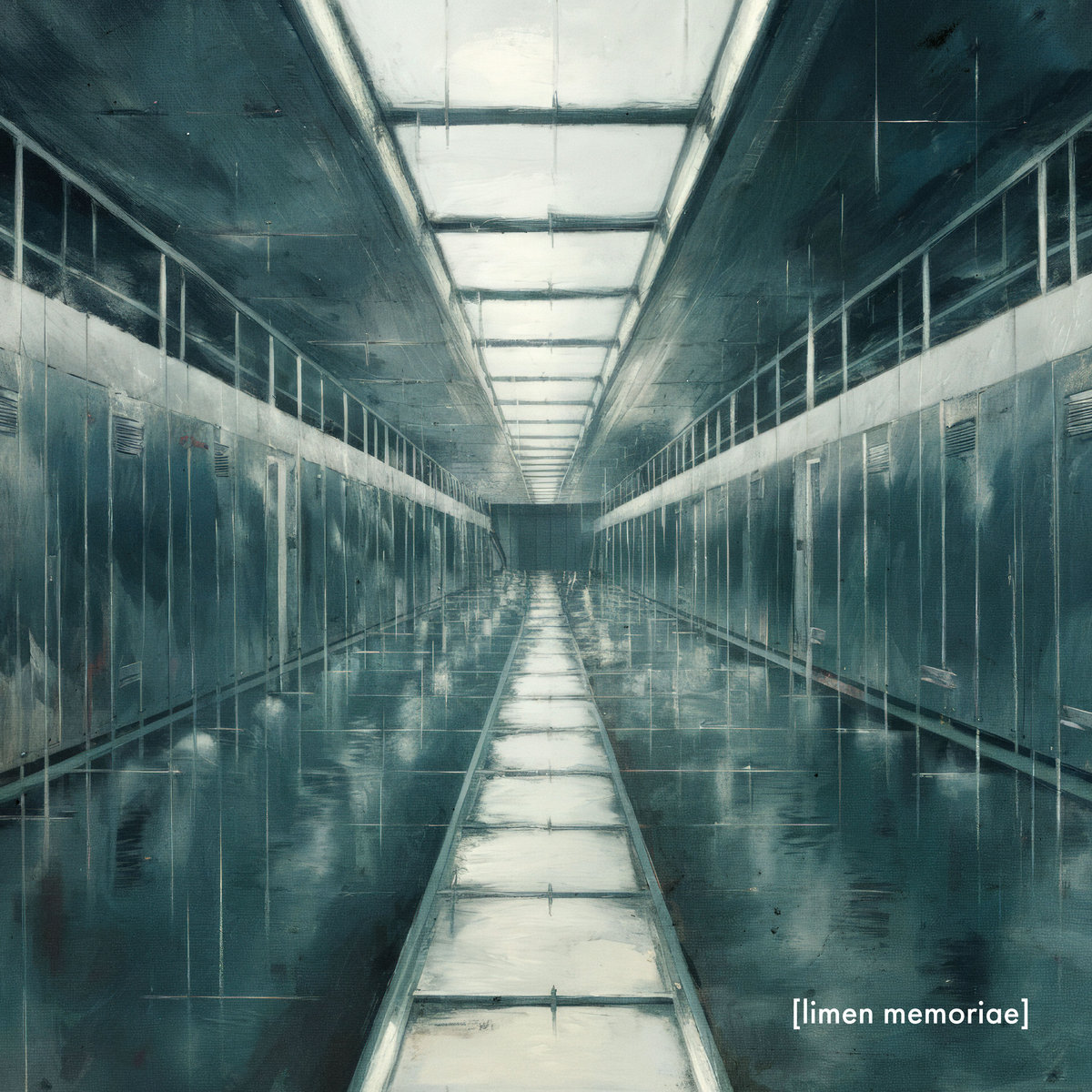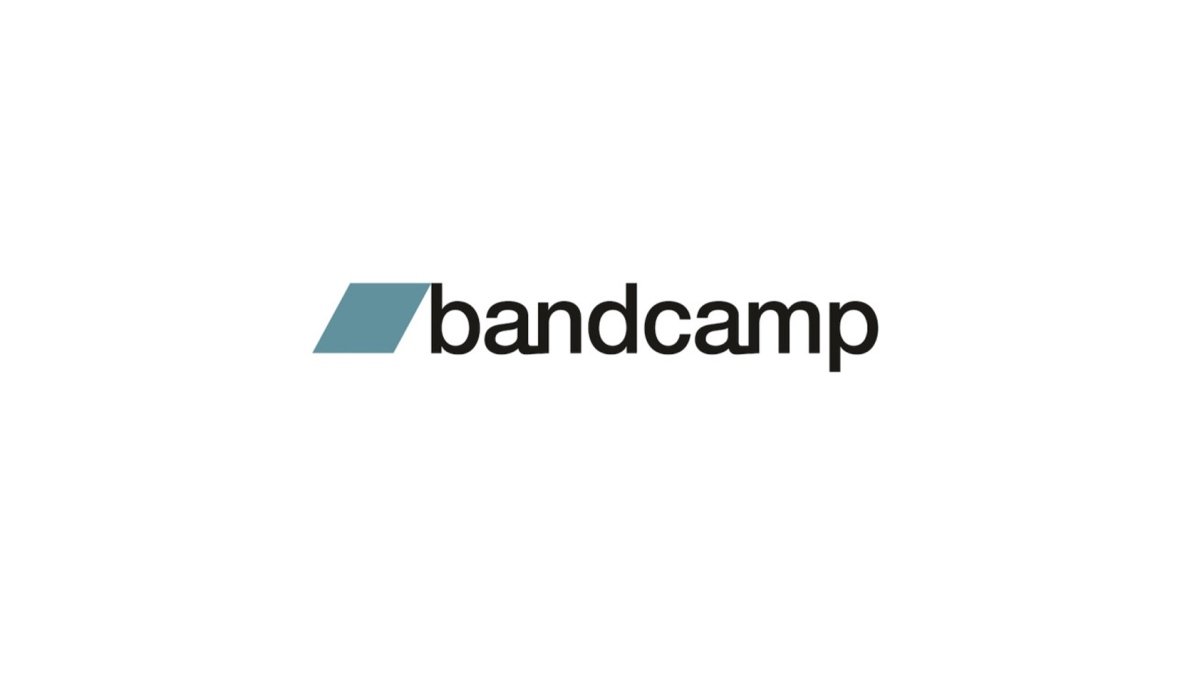This Junto Profile is part of an ongoing series of short Q&As that provide some background on various individuals who participate regularly in the online Disquiet Junto music community.
What’s your name? Jim Lemanowicz. I use Jimmy Lem frequently online, as well as Blisterpop.
Where are you located? I’m from Massapequa, NY, USA. I lived in Queens for a few years as a child and I was born in West Germany on a US Air Force base.
What is your musical activity? Lately, I have been making more experimental, sometimes shapeless music with a willingness to delve into things I have felt uncomfortable with in the past. I started a wonderful habit of recording every day that helped me be more productive and, ultimately, I stuck with it until I believed in it, which took a while. In 2024, I released 6 albums on Bandcamp. At this point, I feel like I’ve fully broken through and away from the hyper-vigilance of it all.
I have been fascinated with recorded things and playing them back since I was at least 9 or so, getting a tape recorder of my own in 1975. I have dipped into garage-punk, eurorack, long-form vocal pop, noise, groove boxes, samplers/manipulation, playing instruments I could never figure out how to properly play, sound/loop collages, instrumental rock, softsynths, a series of improv groups, guitar pedals for days, a Christmas tape in 1995, some semi-improvised, spoken-word projects as well as many other points in between. I was big on 4-track tapes in the late ’80s until really breaking through with DAWs in the late ’00s. I was trained on 2″ tape at a studio/school in Farmingdale, NY, that was once a 7-Eleven.
Electro-magnetic-acoustic, whatever you want to call it. I have no idea what a genre is. I mean, I get it, but I don’t feel it.
What is one good musical habit? Getting out of your own way and avoiding hesitation. Looking backwards, much of what I see in my own musical past is so much more than what I actually followed through on, recorded, kept the recordings of, or somehow compromised by following other people’s dreams. Anyway, if you have a thing that makes sounds and you like those sounds, you could almost be sure that you are not recording as much as you could be. Just hit “record.” It’s easy! To expand on the earlier question, since around 2017, I have tried to record something every day, albeit with gaps. I intermittently will assign a number to one recording every day, and I hit Day 1552 on 24 Jan 2025.
What are your online locations? I have subscribed on and off to a number of Patreon and other membership communities — Hainbach, Sarah Belle Reid, Brian Funk, Simon the Magpie, Andrew Huang, Todd Barton, Omri Cohen, Amulets — on top of regular visits to the Junto playlists/lines & Naviar’s playlists. Lately, if I am not online, I am either out on a bicycle, sitting in the sun or listening to records or tapes or Creel Pone CDs or wishing the weather was better. My own sites are music.blisterpop.com and patreon.com/blisterpop with other destinations listed at linktr.ee/blisterpop. Between my own stuff and being in those communities, I am on Discord all the time. Lately, I have been removing myself from social media, but I consider Discord and Slack communities to be better for facilitating human connections.
What was a particularly meaningful Junto project? I’d say the first one I participated in in real time — the one for Project 0530: Minimally Viable Music. I had a relatively simple idea to subtract audio from a recording, and I was able to do it and then make an album out of it by the next week. You have to understand that up until that point, I had been watching the Junto from afar. This idea really caught my attention and… I thought how far could I go?… then, I just let it happen. Like I was saying before — getting out of my own way.
Could you think, for a moment, about the move you made toward what you term “shapeless” music, and describe in more detail why you headed in that direction and what the experience was like? For me, “shapelessness” means moving beyond traditional structures that give listeners familiar reference points — vocals, steady beats, clear bass and treble elements. While these frames helped many musicians and listeners, including my peers, I felt constrained by the pressure to maintain them. I also am drawn to them from time to time, like anyone else.
My journey began with controlled experiments — deliberately selecting random constraints and often omitting conventional elements like beats. I discovered the freedom in looking at things as “different” instead of “better.” This let me play around with how music could flow and change without relying on the usual building blocks. Each piece/album could find its own organic form rather than fitting a predetermined structure.
It felt really freeing to work this way. Now I create temporary musical spaces and let them reveal their natural shape. I can still craft specific forms when I choose, following where they lead until they feel “right,” then let them dissolve once an album is complete. The freedom from traditional structure has opened entirely new creative possibilities.
Recording every day is a great idea. Do you have any stories about days when you had difficulty doing so, and the pains you took to maintain your streak? My commitment to daily recording pushed me to find creative solutions. During Manhattan commutes or nice weather, I’d use my Android’s voice recorder to capture street sounds, train ambience, and household noises. This led me to explore more portable options — iOS apps, Volcas, MIDI controllers, and digital recorders. Learning Audiobus and AUM expanded my capabilities further. Learning modular helped me understand so much more, too.
I discovered that letting generative processes run while I was occupied elsewhere deepened my appreciation for the listening aspect of sound creation. Some of my albums grew from recordings made on bike paths, in Ubers, even eating lunch. As my practice evolved, I learned the limits and the importance of sustainable rhythm — setting aside one “non music” day weekly and working around social commitments while maintaining creative momentum.







